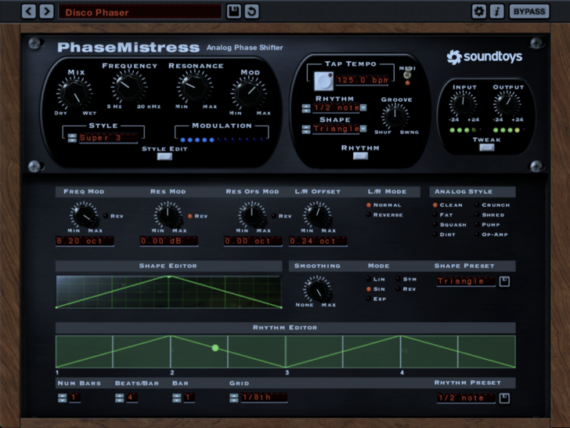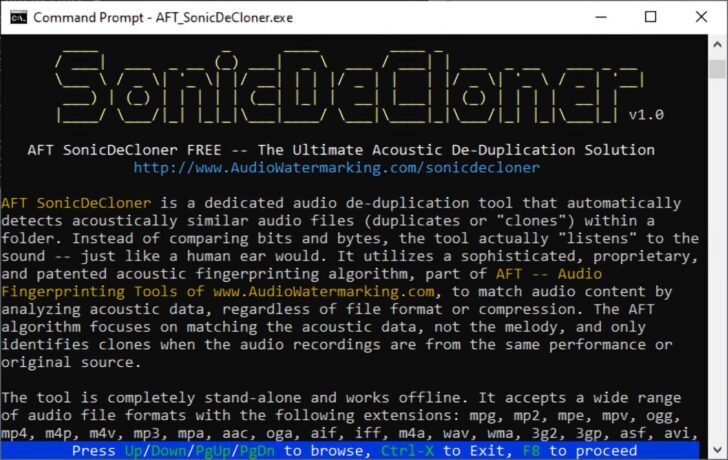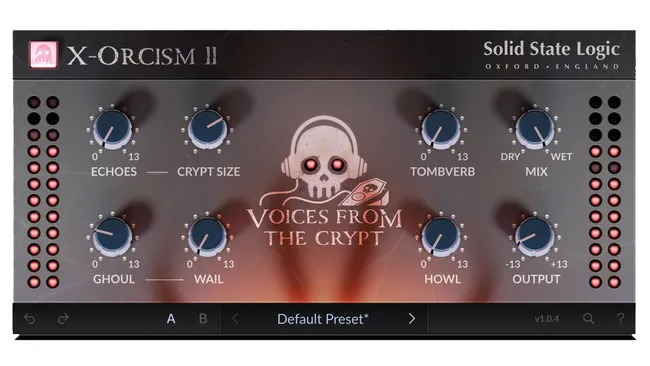Soundtoys PhaseMistress Phase Shifter Effect A Free Download Thru Nov 15th

Soundtoys let us know that PhaseMistress, a full-featured and powerful plug-in effect designed for rich phase sweeps, analog vibes, and programmable rhythmic modulation, is available through Nov 15th, 2024 as a free download for Mac + Windows.
“When we designed PhaseMistress, we were inspired by the sound of classic analog phase-shifters of the 1970s and 80s, but I think we ended up re-inventing the effect,” said Ken Bogdanowicz, CEO and lead designer at Soundtoys. “By combining a super flexible phase-shifting engine with a powerful modulation system we transformed a stock effect into something totally new and wonderful. We’re still discovering new sounds and new ways to use PhaseMistress.”
PhaseMistress Video Demo:
PhaseMistress puts you in control of all aspects of the phaser sound. You can set the number of stages from 2 up to 24, then fine-tune and offset the resonance, color, and intensity to craft unique phase-shifting styles.
PhaseMistress contains a customizable LFO with preset shapes, or you can draw your own and store it. Plus, you can draw your custom curves in the Tweak panel. Rhythm mode lets you program and store simple or complex patterns, while in Envelope mode, PhaseMistress responds to the dynamics of the incoming audio for funky triggered effects.
Open PhaseMistress’s Style menu to browse an extensive set of styles that give you the sonic flavor of legendary hardware like the Bi-Phase, Super Phaser, Phase 90, Instant Phaser, Small Stone, and more. These retro analog sounds combined with modern controls and customizable LFO make PhaseMistress one of the most powerful phase effects available.
Users who download the free PhaseMistress plug-in will also get a discounted upgrade offer in their Soundtoys account to trade up their PhaseMistress license to the Soundtoys 5 bundle. They say that, with the Soundtoys Black Friday sale starting soon, that deal will get even sweeter.
The Hidden Depths of PhaseMistress:
PhaseMistress is available thru Nov 15, 2024 as a free download.



